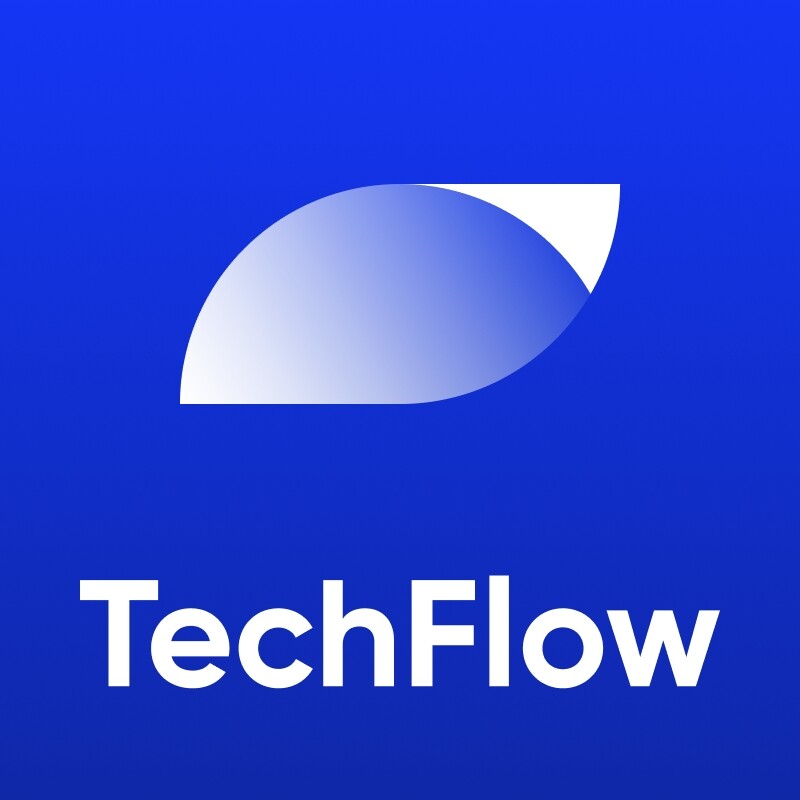Alpha Venture DAO-koers
in EUR

Over Alpha Venture DAO
Disclaimer
OKX geeft geen beleggings- of vermogensadvies. Je moet zorgvuldig overwegen of het verhandelen of bezitten van digitale bezittingen voor jou geschikt is in het licht van je financiële toestand. Raadpleeg je juridische, fiscale of beleggingsadviseur als je vragen hebt over je specifieke situatie. Raadpleeg voor meer informatie onze Gebruiksvoorwaarden en Risicowaarschuwing. Door gebruik te maken van de website van derden ('TPW'), ga je ermee akkoord dat elk gebruik van de TPW onderworpen is aan en beheerst wordt door de voorwaarden van de TPW. Tenzij uitdrukkelijk schriftelijk vermeld, zijn OKX en haar partners ("OKX") op geen enkele manier verbonden met de eigenaar van de exploitant van de TPW. Je gaat ermee akkoord dat OKX niet verantwoordelijk of aansprakelijk is voor verlies, schade en andere gevolgen die voortvloeien uit jouw gebruik van de TPW. Houd er rekening mee dat het gebruik van een TPW kan leiden tot verlies of vermindering van je bezittingen. Het product is mogelijk niet in alle rechtsgebieden beschikbaar.
Prijsprestaties van Alpha Venture DAO
Alpha Venture DAO op sociale media

Handleidingen

Maak een gratis OKX-account aan.
Stort geld op je account.
Kies je crypto.
Alpha Venture DAO Veelgestelde vragen
Ja, de belangrijkste teamleden van Stella blijven onveranderd van hun rollen binnen Alpha Finance Lab. Tascha Punyaneramitee blijft actief als de Project Lead, Nipun Pitimanaaree blijft de Tech Lead, en Arin Trongsantipong blijft de Product Lead.
Nee, er zijn geen geplande wijzigingen in het stakingsysteem in Stella. Gebruikers kunnen blijven deelnemen aan staking en beloningen verdienen zoals eerder. Maar het is belangrijk om op te merken dat na de lancering van Stella protocolvergoedingen worden geïnd op zowel Stella Layer 1 als Layer 2 platforms. Als gebruikers een opbrengst genereren uit hun posities met een hefboom en Stella een opbrengst verlaagt via het Pay-As-You-Earn model, wordt 20 procent van deze opbrengstverlagingen geïnd als protocolvergoedingen.
Eenvoudig ALPHA-tokens kopen op het OKX-cryptovalutaplatform. De spothandelstermine van OKX biedt deAlpha/USDhandelspaar.
Je kunt ook je bestaande cryptovaluta swappen, waaronderXRP (XRP),Cardano (ADA),Solana (SOL), enChainlink (LINK), voor ALPHA zonder vergoeding en zonder prijsverschuiving door gebruik te maken vanOKX Convert.
Duik dieper in Alpha Venture DAO
Stella, dříve známá jako Alpha Finance Lab, je protokol, který nabízí strategie s pákovým efektem a nulovými výpůjčními náklady. Zavedení Stelly řeší potřebu efektivního pákového systému v rámci decentralizovaného financování (DeFi). Poskytnutím hluboké likvidity a silného základu má Stella za cíl umožnit uživatelům rozšířené možnosti pákového efektu decentralizovaným způsobem.
Co je Stella
Stella je v současné době testovací síť, která je navržena jako protokol DeFi nabízející nulové výpůjční náklady. Užitkový token platformy, ALPHA, hraje zásadní roli při poskytování přístupu uživatelů na řetězci k různým pákovým strategiím. Kromě bezúročných výpůjček budou půjčovací pooly Stelly generovat výnosy pro věřitele, čímž se pro ně vytvoří příležitosti, jak vydělat na úrocích ze svých tokenů.
Tým společnosti Stella
Stella (dříve Alpha Finance Lab) se může pochlubit talentovaným základním produktovým týmem. Jako vedoucí projektu jej vede Tascha Punyaneramitdee, který má předchozí zkušenosti jako vedoucí strategie ve společnosti Band Protocol, produktový manažer ve společnosti Tencent a analytik investičního bankovnictví ve společnosti Jefferies. Nipun Pitimanaaree působí jako technický vedoucí a přináší zkušenosti jako bývalý ředitel výzkumu ve společnosti OZT Robotics. A konečně Arin Trongsantipong zastává pozici vedoucího produktu a v minulosti působil jako softwarový inženýr ve společnostech SCB 10X, SCBC a Cleverse.
Jak Stella funguje
Protokol Stella se skládá ze dvou klíčových součástí: Stella Strategy a Stella Lend, které poskytují uživatelům různé možnosti:
- Stella Strategy: Strategové získávají přístup k různým pákovým strategiím s nulovým úrokem. Účastí ve Stella Strategy mohou stratégové získat výnosy ze svých pákových pozic. Vytvořené výnosy ze Stella Strategy jsou sdíleny s věřiteli, což jim umožňuje těžit z výkonnosti strategie.
- Stella Lend: Věřitelé mohou přispívat svými aktivy do úvěrových fondů Stella a získávat výnosy.
Nativní token Stella: ALPHA
Token ALPHA slouží jako užitkový token v srdci ekosystému Stella a nabízí širokou škálu služeb a výhod. S celkovou nabídkou 1 miliardy tokenů bylo při prvním vydání uvedeno do oběhu 174,1 milionu tokenů. Postupem času byla vydána většina tokenů, které postupně dosahují celkové nabídky.
Případy použití ALPHA
Token ALPHA hraje v rámci protokolu Stella klíčovou roli a nabízí svým uživatelům řadu případů použití. Zaprvé slouží jako transakční měna pro věřitele, dlužníky a další funkce na řetězci v rámci protokolu. Kromě toho mohou držitelé tokenů ALPHA vsadit své tokeny a získat odměny v podobě poplatků za protokol a tokenů z dříve inkubovaných projektů. Kromě toho držitelé tokenů ALPHA získávají také práva na správu, což jim umožňuje aktivně se podílet na utváření budoucnosti protokolu.
Držení určitého objemu tokenů ALPHA může odemknout další privilegia, například přístup k prodeji tokenů. S dalším vývojem protokolu Stella se očekává, že se případy využití ALPHA budou rozšiřovat.
Distribuce ALPHA
ALPHA je distribuována následujícím způsobem:
- 10 %: Veřejný prodej
- 5 %: Launchpool
- 20 %: Těžba likvidity
- 19,5 %: Tým a poradci
- 10,83 %: Soukromý prodej
- 34,67 %: Přispěvatelé ekosystému Stella
Jaká je budoucnost společnosti Stella
Stella předpovídá budoucnost, kdy stakeři budou vydělávat více poplatků, protože platforma se stane populárnější a pozice s pákovým efektem budou generovat vyšší výnosy. Vzhledem k tomu, že se prostředí DeFi nadále vyvíjí, Stella si klade za cíl nově definovat fungování platforem DeFi s pákovým efektem tím, že zavede robustní systém pákového efektu. Tímto způsobem chce Stella změnit způsob, jakým uživatelé interagují s pákovými strategiemi, a uvolnit nové možnosti pro ekosystém.
ESG-vermelding







